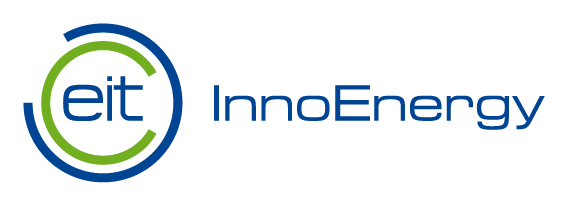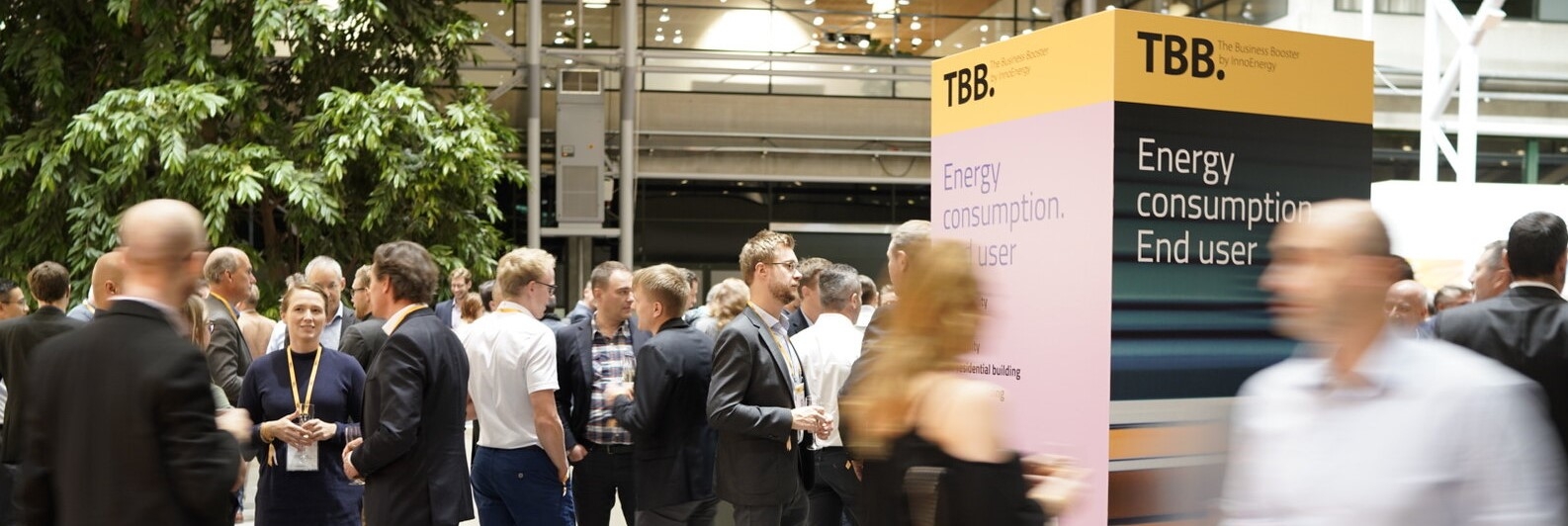“Green gas” webinar with ENGIE and GreenUnivers: retrospective on a successful edition

On January 12th, 2021, EIT InnoEnergy organised the webinar “Green gas: how to make the green gas industry competitive by 2030?”, with ENGIE and French energy media GreenUnivers. Through two round tables, French start-ups Arol Energy, Naoden, Quantom, HySiLabs, Atawey and Sylfen discussed the topic in more depth. Find a sum up of its content here.
Over 300 hydrogen and gas industrial representatives, government agencies and investors attended the webinar to hear all about the current challenges that the market is facing regarding production, cost reduction and the future uses of green gas.
One cannot deny the dynamism of this sector in France: in 2020, 80 new production sites were built to increase green gas production up to 56%. There are more than a thousand projects awaiting validation, for which, would they all be executed, will multiply the production capacity by six. The French government has the objective to increase the national consumption of green gas from 1% to 8% by 2028. That is why EIT InnoEnergy supports startup companies that are in the front line of this activity. These businesses have an unmistakable societal impact on the reduction of the carbon tax and waste management.
The main challenge: to cut production costs
The supply of green gas options must be proportional to the demand. However, the growth in demand must be encouraged by the industry.
Green gas is an essential energy vector for the European energy transition, but it is sold at a rather expensive price. To get lower prices, massification must occur: the bigger the projects the more it will have an impact on the market to produce even more green gas, which would encourage the multiplication of uses. For Pierre-Emanuel-Casanova, CEO and co-founder of HySiLabs, “the main challenges are the costs of hydrogen production, regulations that are restrictive regarding its distribution, and technical constraints for transport and storage. All of these make it difficult to have competitive hydrogen on the French market.” Regarding gas purification and pyro-gasification processes, standardizing product conception also contributes to cutting production exploitation costs. Moreover, it is important to take into account electricity costs and restrictive regulations that hinder green gas competitivity.
According to Yan Baratte, CEO and co-founder of Quantom, “regarding electricity generation for hydrogen production, most of the solar plants on the territory are underperforming due to the degradation of their facilities over time. New solutions are needed to perpetuate assets.” The company is specialized in PV plants optimisation – increasing power plants availability and performance ratio.
For Erik Mouillé, CEO of Naoden, “the real competition is natural gas; for synthetic gas to be used widely, there needs to be a technology that still does not exist.” Current hydrogen storage solutions enable companies to store their products for a long time before we create new applications.
Furthermore, without visibility and support, it is impossible to have mass production and innovation. There is a need for circular conversion on the market. It is not only about decarbonizing the gas, but also valorizing waste. Thus, reducing evacuation and treatment costs.
New uses for the green gas industry
To achieve the energy transition by 2030 with reduced production costs, the use of adequate technology for green gas use should be widespread. The true objective of the energy transition is the massification and the multiplication of diverse green energy sources. Green gas is just a part of the solution. Not only different energy sources should be available, but also population habits should change into more eco-friendly ways.
Even though more means of transport are powered with green gas on the market, there are very few cars available, especially for public mobility. “There will be more means of transport powered with hydrogen in the future”, affirms Geoffroy Ville, International Business developer of Atawey. Regarding the installation, distribution and exploitation of hydrogen distribution stations, there have been fewer restrictions since 2018. The French government decided to attribute €7 billion for hydrogen, €2.5 billion of which will be invested in the industry by 2023 to finance mobility solutions, other new applications and territorial projects.
Real estate is also following the trend: Nicolas Bardi, President and co-founder of Sylfen, asserted that “we must focus on decentralizing energy infrastructures so that they can be used by all green gas production fields. More and more buildings are powered by green gas. We must enable a mix of green energy sources to reach energy transition’s goals within the next 20 years.”
For Csilla Kohalmi-Monfils, Innovation Director of ENGIE, biogas is the vector for the energy transition: "it is important to support new innovative startups that can bring solutions to exploit these biogases safely and with the right infrastructures. For example, the appropriate technology to exploit white hydrogen (naturally produced biogas) is yet to be introduced on the market."
Participants
Round table #1: Four innovations to reduce production costs
Round table #2: A new industry for new uses


